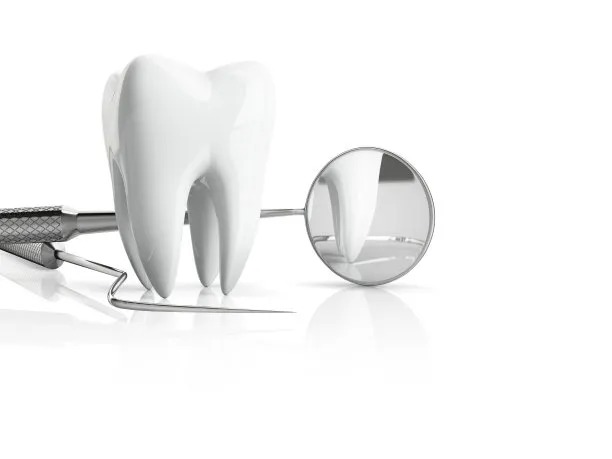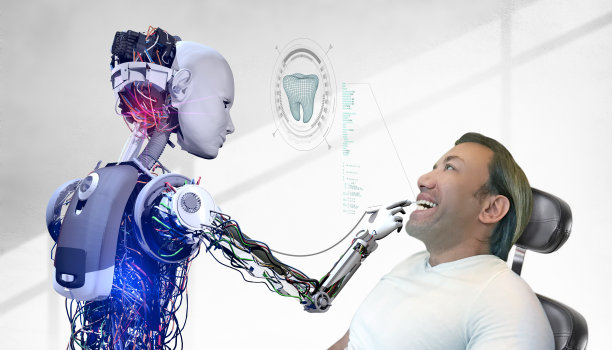Exploring Innovative Advances in Dental Implant Treatment for Restoring Smiles and Enhancing Oral Health in Modern Dentistry
Summary: The field of dental implants has witnessed remarkable advances that have significantly improved treatment outcomes, enhanced patient comfort, and accelerated recovery times. This article delves into innovative technologies, enhanced materials, digital techniques, and the integration of holistic approaches, showcasing how these advancements restore smiles and improve oral health in modern dentistry. By exploring these four essential aspects, we aim to provide a comprehensive understanding of the evolution and future potential of dental implant treatments, emphasizing their importance in contemporary dental care.
1. Innovative Technologies Revolutionizing Implants

In recent years, innovative technologies have transformed dental implant procedures, making them less invasive and more effective. One significant advancement is the use of computer-guided implant surgery, which allows for precise placement of implants. This technology utilizes 3D imaging to create detailed maps of a patient’s oral anatomy, ensuring optimal positioning of implants to avoid nerves and maximize bone integration.
Moreover, the integration of laser technology has further enhanced the surgical process. Dental lasers minimize bleeding and discomfort during procedures and promote faster healing by targeting specific tissue types. Patients benefit from reduced recovery times and a lower risk of complications, setting a new standard in dental care.
Furthermore, the introduction of minimally invasive techniques, such as flapless surgery, minimizes trauma to surrounding tissues. This method not only enhances patient comfort but also leads to more predictable outcomes, making dental implants an increasingly appealing option for individuals seeking tooth restoration.
2. Advanced Materials for Superior Outcomes
The choice of materials in dental implants plays a crucial role in the success of treatments. Recent advancements have introduced bioactive materials that promote osseointegration, the process through which implants fuse with the jawbone. Titanium, traditionally used for implants, is now often modified with coatings that enhance adhesion and integration.
Additionally, innovative ceramic-based materials have emerged, offering aesthetic advantages without compromising strength. These materials blend seamlessly with natural teeth, making them an excellent choice for patients concerned about appearance. They are particularly useful in the anterior region of the mouth, where visual exposure is paramount.
Moreover, advancements in surface treatments of implant materials, such as sandblasting and acid-etching, have shown to improve the surface roughness. These modifications facilitate better bone integration and increase the overall success rates of implants, thus enhancing the longevity and reliability of dental restoration.
3. Digital Techniques Enhancing Precision and Efficiency
The digital revolution in dentistry has brought about unprecedented changes in implant treatment planning and execution. Digital impressions, taken using intraoral scanners, provide high-resolution images of the patient’s mouth, eliminating the discomfort of traditional molds. These scans allow for highly accurate implant placement and prosthesis fabrication, improving both the fit and aesthetic outcomes.
Furthermore, the implementation of computer-aided design and computer-aided manufacturing (CAD/CAM) technology has streamlined the production of dental prosthetics. Dentists can now create custom abutments and crowns in a fraction of the time, ensuring that patients receive timely care without sacrificing quality.
Another remarkable feature of digital techniques is the ability to simulate the entire treatment process digitally. Clinicians can create virtual treatment plans that allow for visualization before surgery, reducing uncertainty and enhancing patient confidence. This level of preparation not only improves outcomes but also ensures a smoother surgical experience.
4. Holistic Approaches in Implantology
Modern dentistry increasingly recognizes the importance of a holistic approach in implantology. Beyond merely addressing the mechanical aspects of tooth replacement, many practitioners are integrating comprehensive assessments of a patient’s overall health and lifestyle. This perspective facilitates personalized treatment plans that consider patient-specific needs and conditions.
Additionally, the connection between oral and systemic health has become a focal point for dental professionals. Studies link periodontal health to conditions such as diabetes and cardiovascular disease, emphasizing the need for integrated care. By addressing these factors, dentists can enhance implant success and contribute positively to overall health.
Furthermore, the incorporation of patient education and preventive care into the implant process fosters ongoing commitment to oral health. Empowering patients with knowledge about proper oral hygiene post-implant placement significantly reduces the risk of complications and enhances long-term outcomes.
Summary:
As we explore the innovative advances in dental implant treatment, it becomes evident that modern dentistry is on the brink of a new era, characterized by enhanced technologies, materials, and comprehensive care. These developments not only restore smiles but also significantly improve overall oral health, marking a positive trend in patient experiences and treatment success rates.
Understanding and embracing these advancements will be crucial for both practitioners and patients alike as they navigate the complexities of dental care in contemporary settings. Awareness is the key to accessing these innovations.
This article is compiled by Vickong Dental and the content is for reference only.



